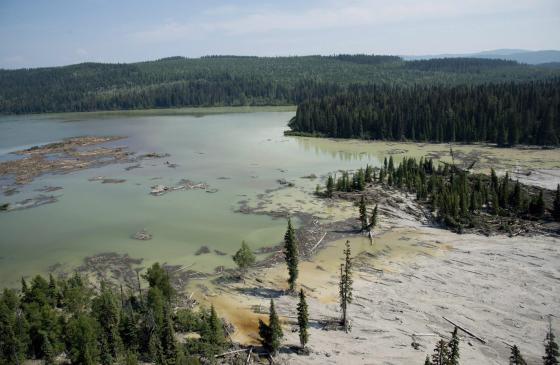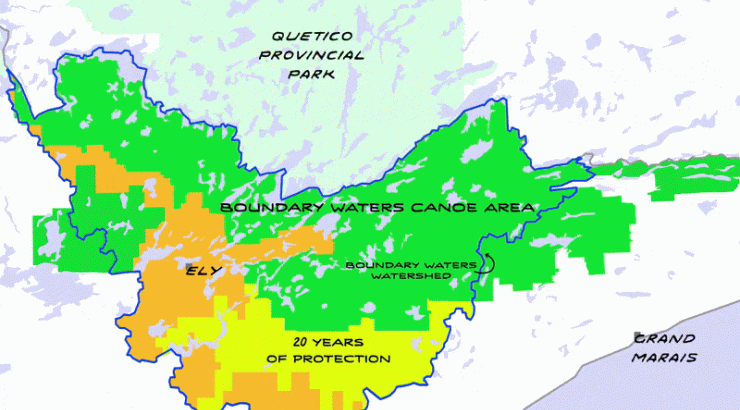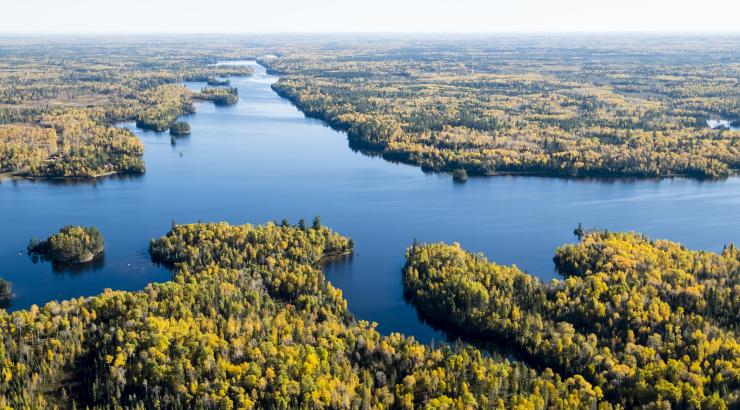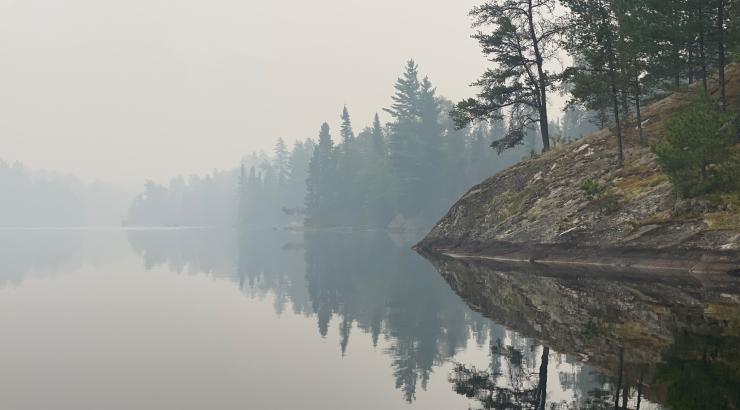
This past September, the Trump Administration officials announced that the application for a mineral withdrawal, which would have protected Minnesota’s Boundary Waters Wilderness from the threat of sulfide-ore copper mining, was cancelled. The Administration ignored science and facts, and did not complete a promised study on the social, economic and environmental harm that sulfide-ore copper mining would do to America’s most visited Wilderness. There is no indication the required environmental assessment was ever completed nor was it ever put out for public comment, which is normal practice.
Secretary Sonny Perdue’s Promise:
In May 2017, in response to Congresswoman Betty McCollum (D, MN), two senior members of the Trump Administration – Sonny Perdue, U.S. Secretary of Agriculture (USDA), and Tom Tidwell, Chief of the U.S. Forest Service – promised the U.S. House Interior Appropriations Committee that they would “absolutely” complete an all-important environmental study intended to determine whether the watershed flowing into the Boundary Waters is the right place to consider sulfide-ore copper mining.
The study was initiated in January, 2017, when the U.S. Forest Service submitted its formal request that federal lands in the Boundary Waters watershed be put off-limits to new mineral leasing and exploration for 20 years — a type of action called a “mineral withdrawal.”
Secretary Perdue Broke His Promise:
On September 6, 2018, the U.S. Secretary of Agriculture cancelled the Forest Service’s application for a withdrawal before the environmental study was complete. In doing so, he not only broke his word, but also turned his back on the Boundary Waters and all who love it.
How do we know the environmental study was never completed?
-
The USDA’s September 6 press release never exactly said that the agency had completed it, and failed to provide a link to the study.
-
The Secretary’s cancelation of the study happened nearly two months before the U.S. Forest Service’s estimated date for when the final environmental review document would be available (November 1, 2018).
The U.S. Forest Service admits it did not complete the environmental study. In an email responding to our written request for a copy of the completed environmental assessment (EA), The Press Officer for the Forest Service responded: “We do not have a completed EA to send you, because we determined there was not any need to complete the process on an environmental assessment based on what we learned over the last 15 months.”
Here are some of the facts behind the decision to open up Superior National Forest to sulfide-ore copper mining:
- 19 SCIENTIFIC STUDIES - The Trump Administration claims that after an “extensive review,” there was no new “scientific information.” However, public record shows that 19 new studies, reports, and scientific journal articles were submitted to the Forest Service on this issue.
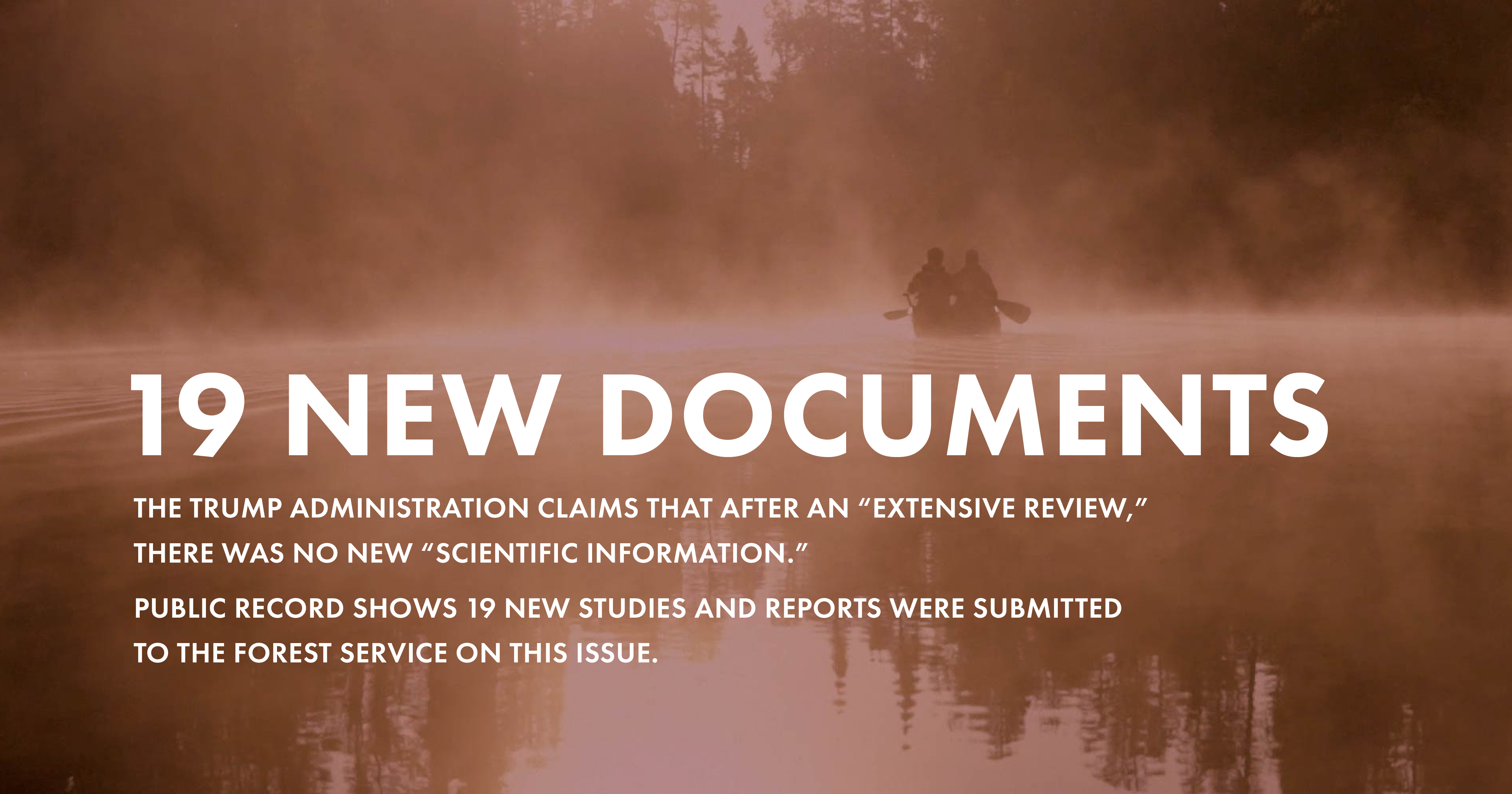
- 4,500 JOBS > 650 JOBS - This year, a first-of-its-kind independent economic analysis by Harvard economists was published. It compared the effects of the U.S. Forest Service’s proposed 20-year mining ban near the Boundary Waters, with the consequences of sulfide-ore copper mining in the Boundary Waters watershed. The authors modeled 36 employment scenarios and 72 different income scenarios comparing the proposed 20-year ban versus a Twin Metals mine. In all employment scenarios the 20-year ban produced more jobs over a 20-year period in the Boundary Waters region than the mining scenario. In the best-case scenario, Twin Metals Minnesota would only create 650 jobs versus the 4,500 jobs that will be created over 20 years if copper mining is banned and the Boundary Waters Canoe Area Wilderness is protected.
Learn more about the Harvard Study.
-
$950 MILLION MORE FROM AN AMENITY-BASED ECONOMY THAN A COPPER MINE - The same Harvard study showed that a healthy Boundary Waters creates a healthy business boom for the long-haul: a 20-year mining ban would produce far greater economic benefit and diversity than the proposed Twin Metals mine with up to $900 million more personal income to the local area over 20 years if copper mining is banned. Learn more about the Harvard Study.
- NOT ONE COPPER MINE HAS OPERATED SAFELY - In the history of sulfide-ore copper mining, no copper mine has ever operated and been closed for at least 10 years without polluting surrounding surface water or groundwater. The copper mining industry has a long and continuing history of severe water pollution including acid drainage, heavy metals contamination, sulfates, and exceedingly high specific conductance, as well as increasingly frequent catastrophic accidents such as tailings dam failures. And even state-of-the-art mines are at risk for major infrastructure disaster. “Research shows that mines with high acid generating potential and in close proximity to surface and groundwater are at highest risk for water quality impacts.” US Copper Porphyry Mines Report, Bonnie Gestring; Earthworks.
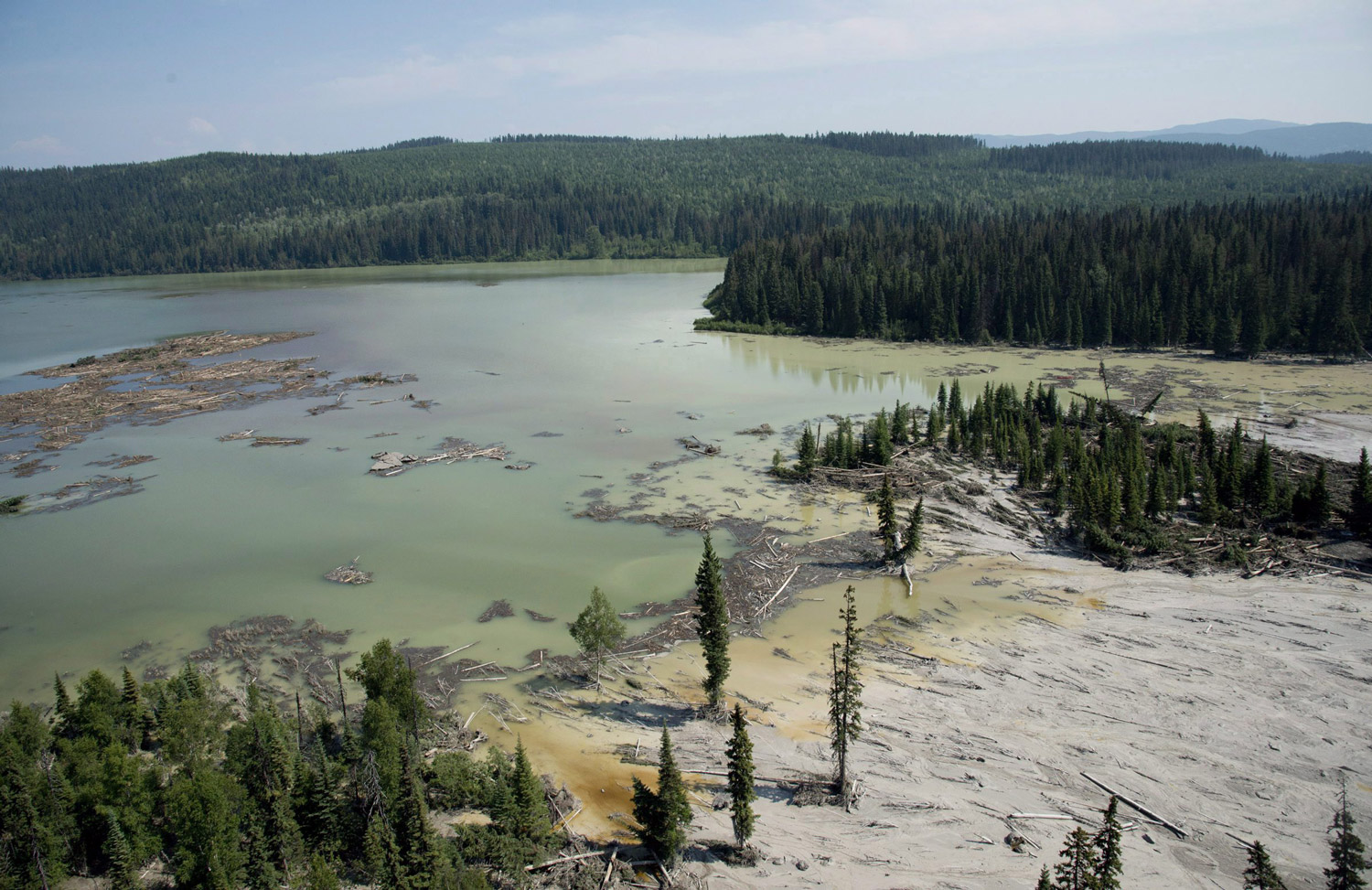
- 500+ YEARS OF POLLUTION - Conservative models of pollution show that waterways would carry contaminants into the Wilderness. A single mine in this watershed will continually pollute the wilderness for at least 500 years¹. Tom Meyers, Ph. D. said in one of his reports, “If the sulfide mines are developed in the Rainy Headwaters, it is not a question of whether, but when, a leak will occur that will have major impacts on the water quality of the Boundary Waters Canoe Area Wilderness.”
Learn more about the scientific research pertaining to sulfide-ore copper mining near the Boundary Waters Canoe Area Wilderness here.
- WE THE PEOPLE DON’T WANT THIS MINE - Hundreds of thousands are speaking out against this mine. Polling shows that more Minnesotans than ever want to protect the Boundary Waters from the threat of copper-nickel mining. Polling results from President Trump’s chief polling firm, Fabrizio Ward, show that 70% of Minnesotans are against sulfide-ore copper mining in the areas near the Boundary Waters Canoe Area Wilderness.
An analysis by Key Log Economics found that of the more than 81,000 unique comment letters submitted to the Forest Service in 2017, 98.2% supported a 20-year ban on sulfide-ore copper mining in the watershed of the Boundary Waters. In addition, the Forest Service received petitions and postcards signed by 41,971 people that support the mineral withdrawal. Altogether, 121,539 people urged the Forest Service to protect the Boundary Waters. This scoping comment period generated the most participation in an environmental review process in Minnesota history.
- IVANKA TRUMP’S LANDLORD -It all comes down to one foreign billionaire who happens to be Ivanka Trump's landlord. Ivanka Trump and Jared Kushner are paying $15,000 a month to rent their home in the D.C. from Andrónico Luksic, owner of foreign mining giant Antofagasta, the parent company to Twin Metals Minnesota. The Wall Street Journal reported that the Chilean billionaire bought a Washington, D.C., mansion for $5.5 million, just after the November election on December 22, 2016, and that twelve days after the purchase, Luksic’s company rented the mansion to Ms. Trump and Mr. Kushner.
- It’s clear whose interest this Administration is serving. And it’s not that of the American people. Antofagasta, which owns several copper mines in Chile, has an environmental and social track record that should concern anyone who cares about the Boundary Waters and the surrounding communities. We must continue to speak loudly for this quiet place.
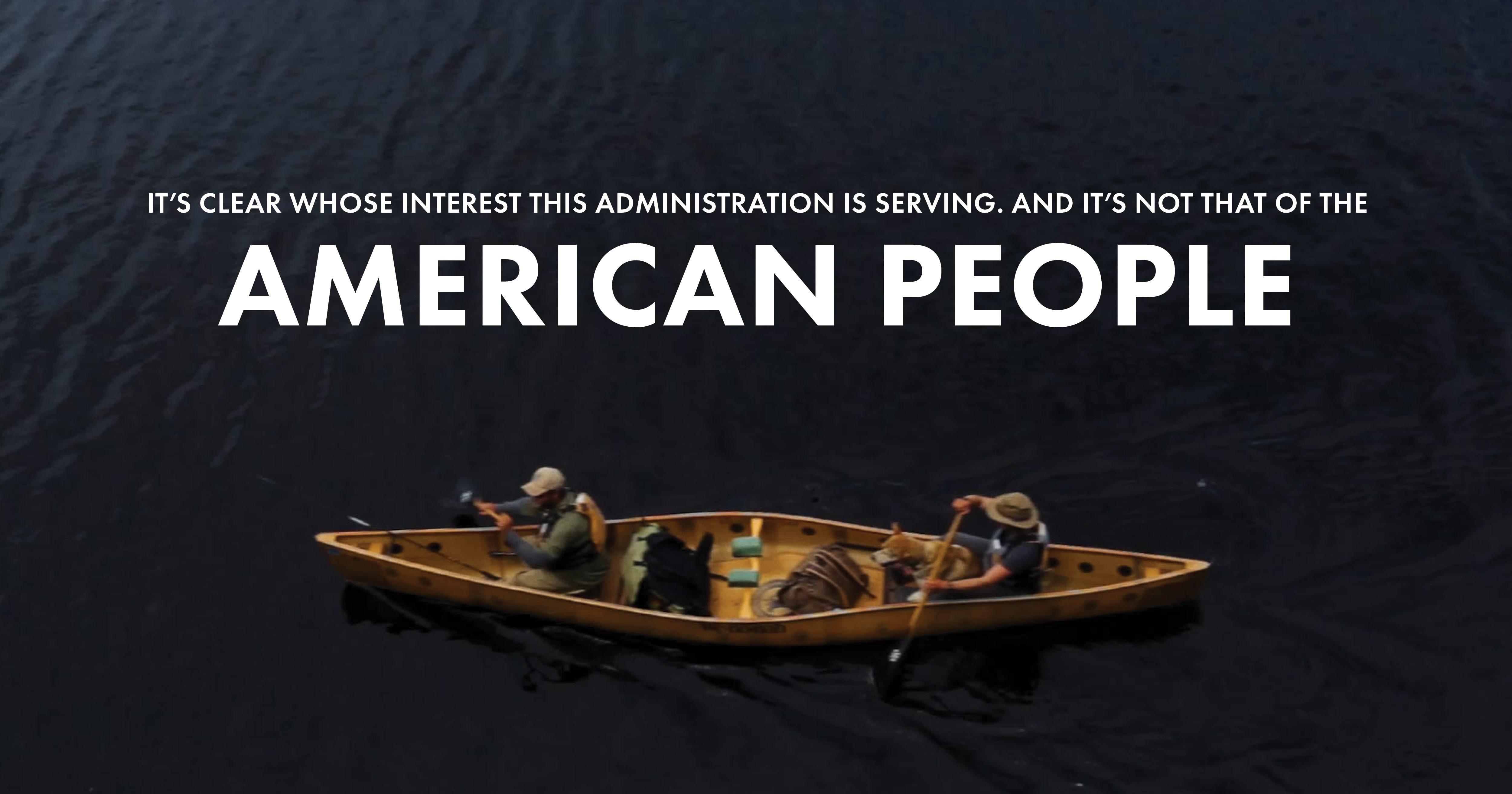
1. Scoping comment letter (part 3) of NMW et al. Northern Minnesota Federal Minerals Withdrawal EIS 8-17-2017
